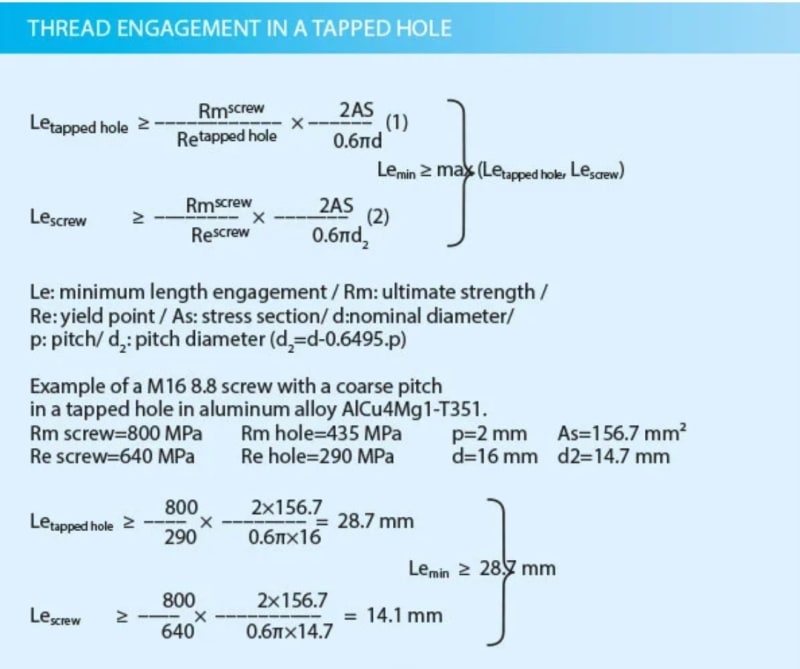Hello,
I have a scenario where one plate is parallel to flat face of the bolt and the tapped plate is perpendicular to the flat face of the bolt. Can anyone tell me the rule of thumb for plate thickness for tapped holes? Material is 6061 Aluminum alloy. Bolt is flat head countersink. picture is attached so you understand me.
I have a scenario where one plate is parallel to flat face of the bolt and the tapped plate is perpendicular to the flat face of the bolt. Can anyone tell me the rule of thumb for plate thickness for tapped holes? Material is 6061 Aluminum alloy. Bolt is flat head countersink. picture is attached so you understand me.


![[lol] [lol] [lol]](/data/assets/smilies/lol.gif)